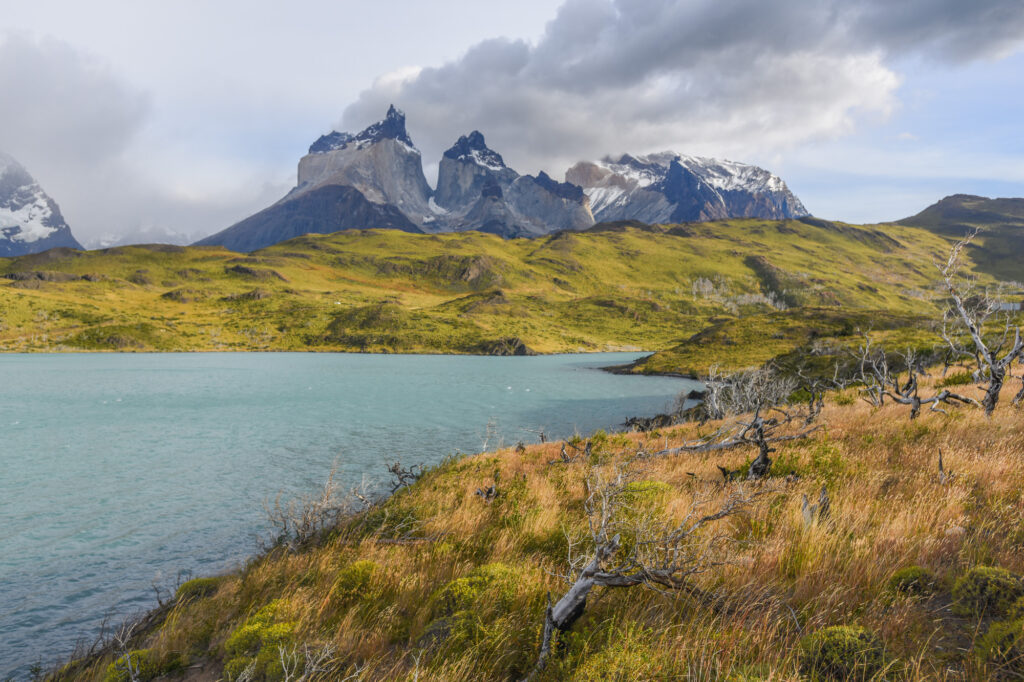How to Take Great Landscape Photos
Landscape photography can be a challenging but rewarding genre of photography. Capturing the beauty and majesty of the natural world requires a combination of technical skill, artistic vision, and a keen eye for detail. Whether you are a seasoned professional or an amateur photographer, there are several key steps you can take to improve your landscape photography. In this blog post, we will cover some tips and techniques for taking great landscape photos.

- Plan your shot: Before you even pick up your camera, take some time to plan your shot. Scout out potential locations and study the weather conditions. Look for interesting foregrounds, backgrounds, and points of interest. Consider the time of day and the direction of light. Planning your shot in advance can help you capture the perfect moment.
- Use the right equipment: The equipment you use can make a big difference in the quality of your landscape photos. You will need a camera with a high resolution and good dynamic range. A wide-angle lens can be useful for capturing the entire scene, while a telephoto lens can help you isolate specific details. A tripod can also be helpful for keeping your camera steady and reducing camera shake.
- Pay attention to composition: Composition is one of the most important aspects of landscape photography. Use the rule of thirds to create a balanced and visually interesting composition. Look for leading lines, patterns, and shapes that can add depth and interest to your photos. Use foreground elements to create a sense of depth and scale.
- Experiment with different perspectives: Don’t be afraid to experiment with different perspectives and angles. Get low to the ground to create a sense of depth and foreground interest. Climb to a higher vantage point to capture a sweeping panorama. Look for unique and unexpected angles to create a more dynamic and interesting shot.
- Use the right settings: The settings you use can make a big difference in the quality of your landscape photos. Use a small aperture (such as f/11 or f/16) to create a deep depth of field and keep everything in focus. Use a low ISO to reduce noise and maintain image quality. Use a slow shutter speed to create a sense of movement or a fast shutter speed to freeze action.
- Pay attention to light: Light is one of the most important aspects of landscape photography. The quality, direction, and color of the light can have a big impact on the mood and feel of your photos. Look for soft, diffused light in the early morning or late afternoon. Use the golden hour to create a warm, glowing effect. Look for interesting shadows and contrasts.
- Edit your images: Once you have captured your images, it’s time to edit them. Use photo editing software to enhance the colors, contrast, and overall quality of your images. Be careful not to over-edit your images, as this can make them look artificial and unappealing.
Taking great landscape photos requires a combination of technical skill, artistic vision, and a keen eye for detail. By following these tips and techniques, you can create visually compelling and emotionally impactful images that capture the beauty and majesty of the natural world.

